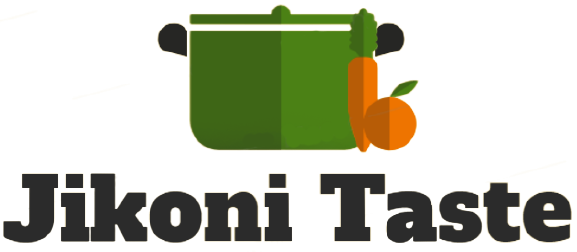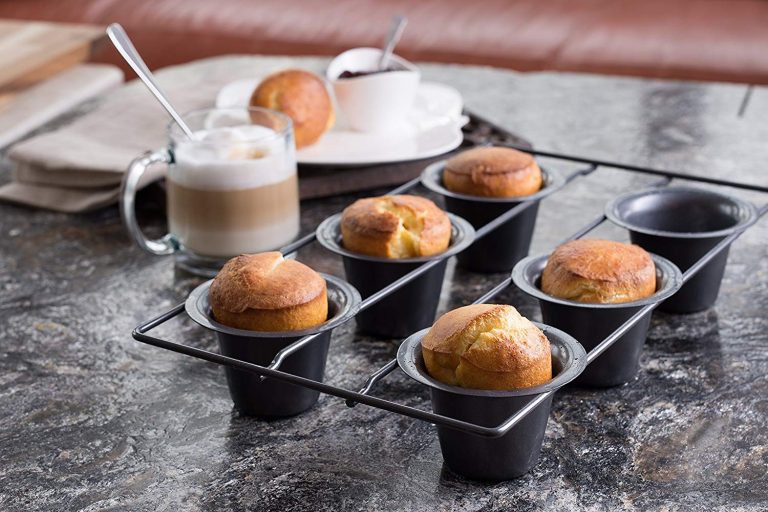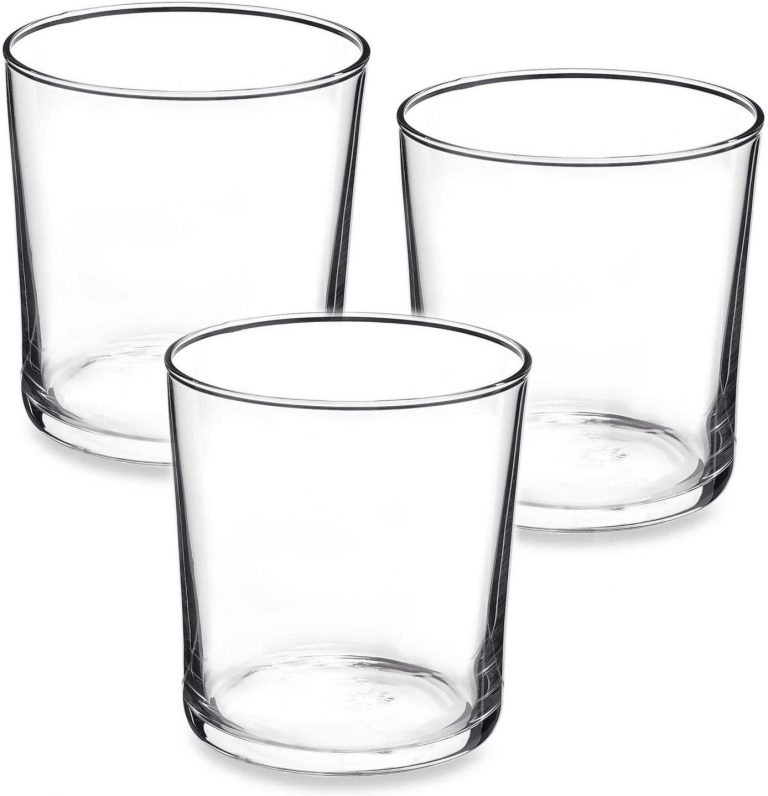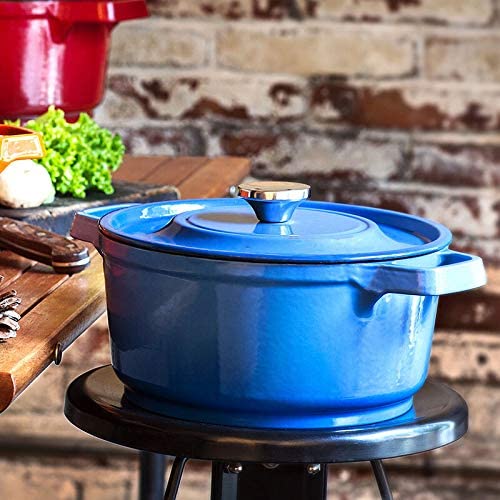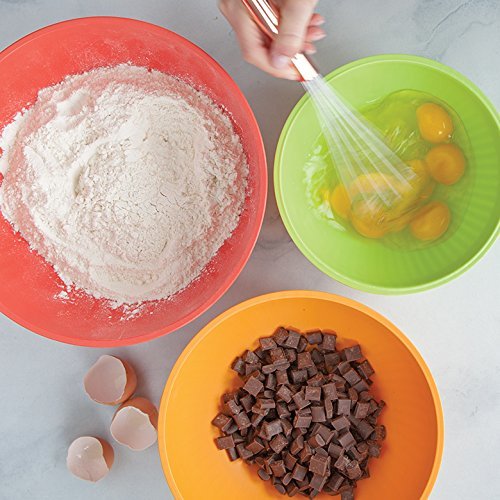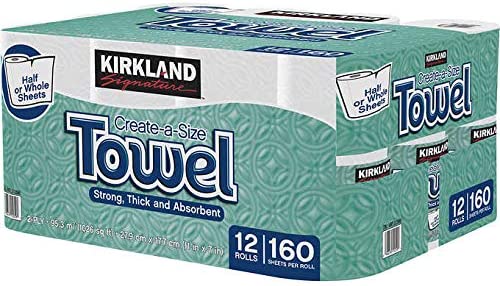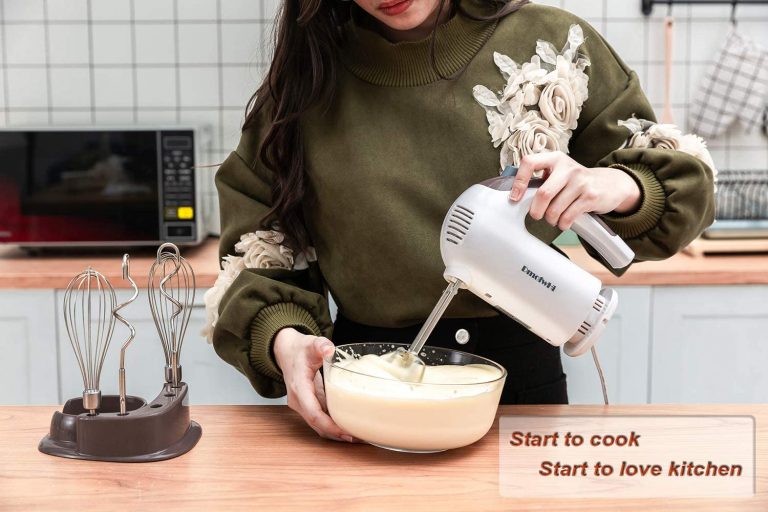Do You Cook Prime Rib with the Strings On
Prime rib is a tender and flavoured meat, they are certified prime by the USDA (U.S department of Agriculture) prime rib are usually roasted with bone in and are expensive, this is why they are generally found in restaurants.
For the record the name prime rib is given to the standing rib roasts found in supermarket and is a USDA choice grade. There are many answers on how to cook prime rib, however because of the flavour of the meat, you wouldn’t need much preparation to get the desired result.
Below, you will find more information on preparing or cooking prime rib. Let us go on to answer the question on do you cook prime rib with the strings on.
Table of Contents
DO YOU COVER PRIME RIB WHEN COOKING?
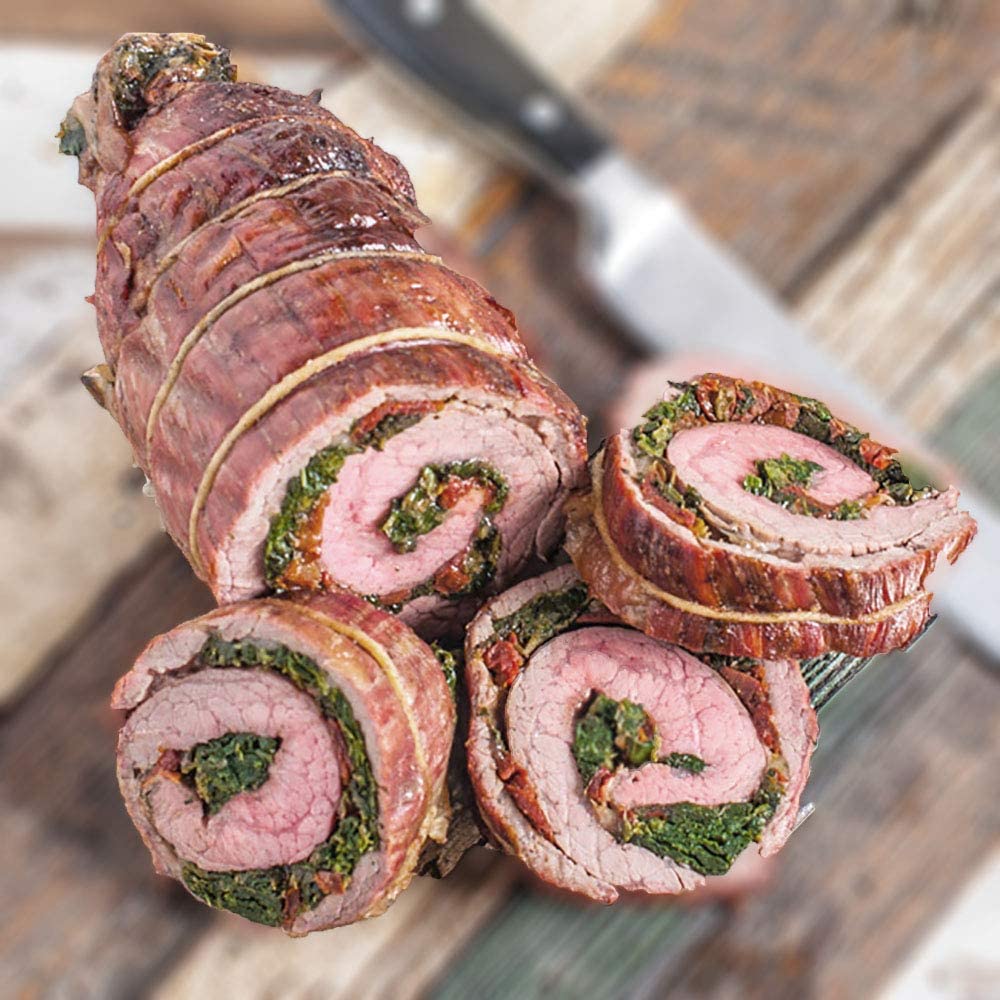
Prime rib is one mouth-watering meal that is hard to resist when dished. It stands out on the family table when served. Getting your prime rib ready doesn’t take much of preparation, there are a few ingredients needed for preparation then the Oven will finish the rest. You do not cover prime rib when cooking in the oven. Allow space for the prime rib to breathe in the oven.
DO YOU COOK PRIME RIB WITH THE STRINGS ON?
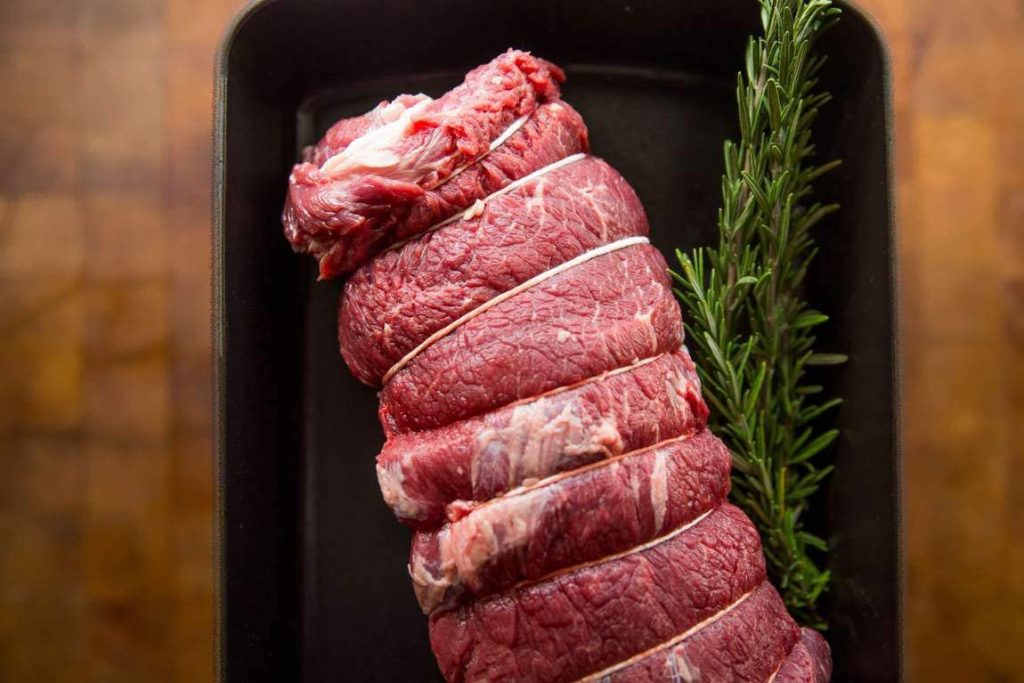
It is very good you leave the strings on when cooking prime rib and this is why?
- The strings are holding the bones on because the bitcher did a partial cut to make it easy to remove and easy to slice.
- It gives additional flavor to the prime
- The strings hold the fat together which adds flavor to the prime rib.
DO YOU COOK BONELESS PRIME RIB WITH THE STRINGS ON?
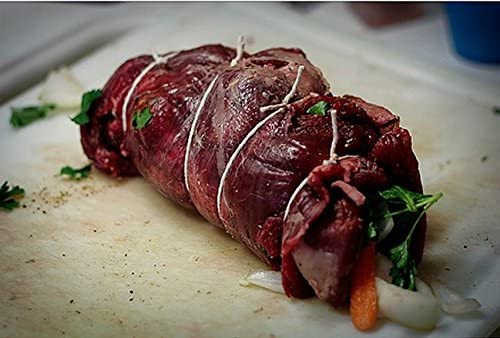
The strings on a boneless prime rib keep it together, the cooked boneless prime rib expands and its juice makes it slippery, keeping the strings on a boneless prime rib helps one to properly get a clean slice out of the prime rib. So Yes it is better to cook a boneless prime rib with strings on.
COOKING PRIME RIB

Most people try to avoid cooking prime rib because they feel it’s a very difficult task. When they see pictures of delicious and mouthwatering prime ribs on the internet, they can’t help but salivate. Why salivate over pictures when you can prepare delicious prime rib at home?
Like I said earlier, cooking prime rib is not a difficult task. You just need to understand a few preparation steps and watch the temperature of the prime rib closely as it cooks.
Now what are these preparation steps?
- Trim the fat anywhere it is over one inch thick.
- Tie the meat to the rib bones and include the chine bones at the bottom of the prime rib roast. Tie around the meat and ribs in between the bones on each end, making sure to tie chine bones to the meat.
- Allow the prime rib to set out at room temperature for two hours before cooking.
- Rub the surface of the prime rib, meat, and fat with pepper and kosher salt after it has reached room temperature.
- Place the roast rib side down in a baking or roasting pan that has high sides.
If you follow these simple steps judiciously, then you are good to go.
PRIME RIB ROOM TEMPERATURE BEFORE COOKING
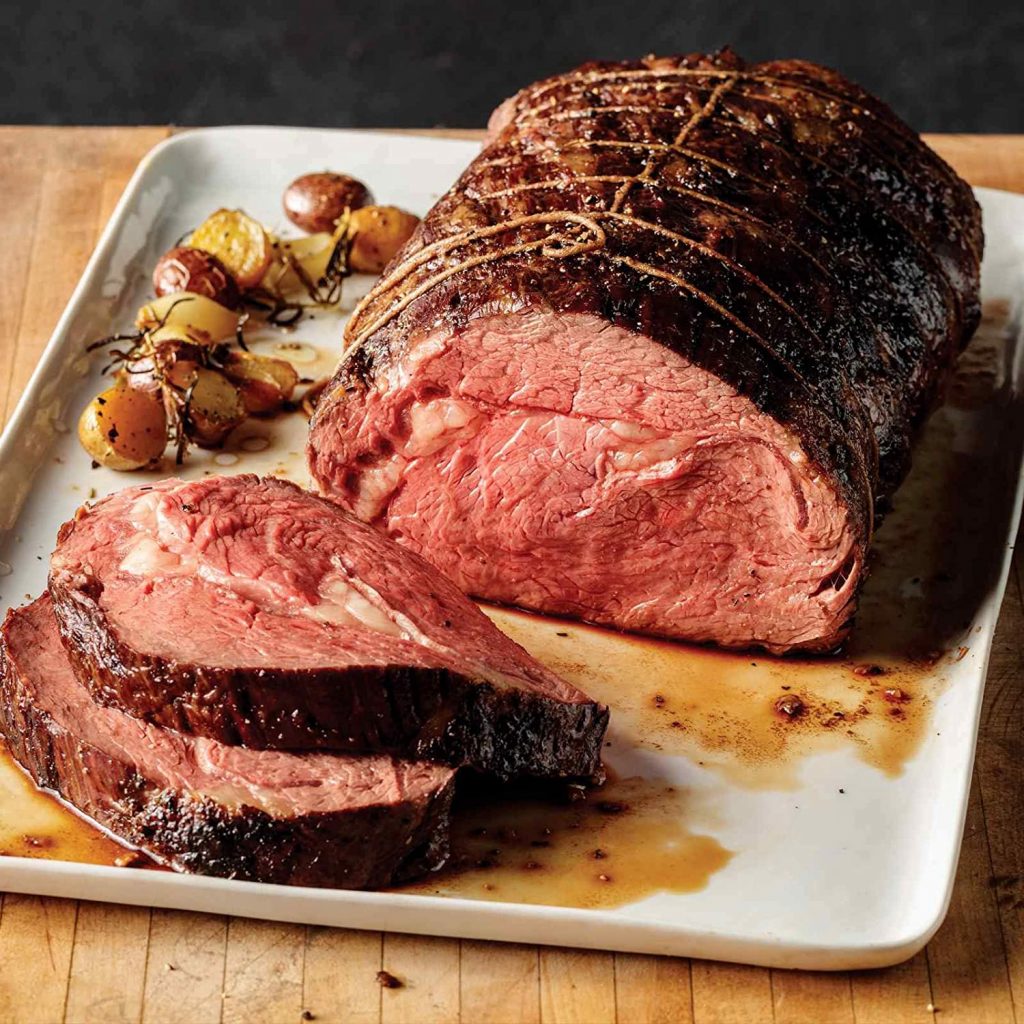
It is always advisable that you allow the prime rib roast to come to room temperature so it doesn’t take a longer time to cook your roast.
Kindly remove the roast from the refrigerator 1 ½ to 2 hours before cooking. The prime rib will cook evenly if you allow it come to room temperature before cooking and you will end up with well-done slices on the end and raw meat in the center.
After seeing to the fact that the prime rib is at room temperature before cooking, you can then preheat the oven to 450°F.
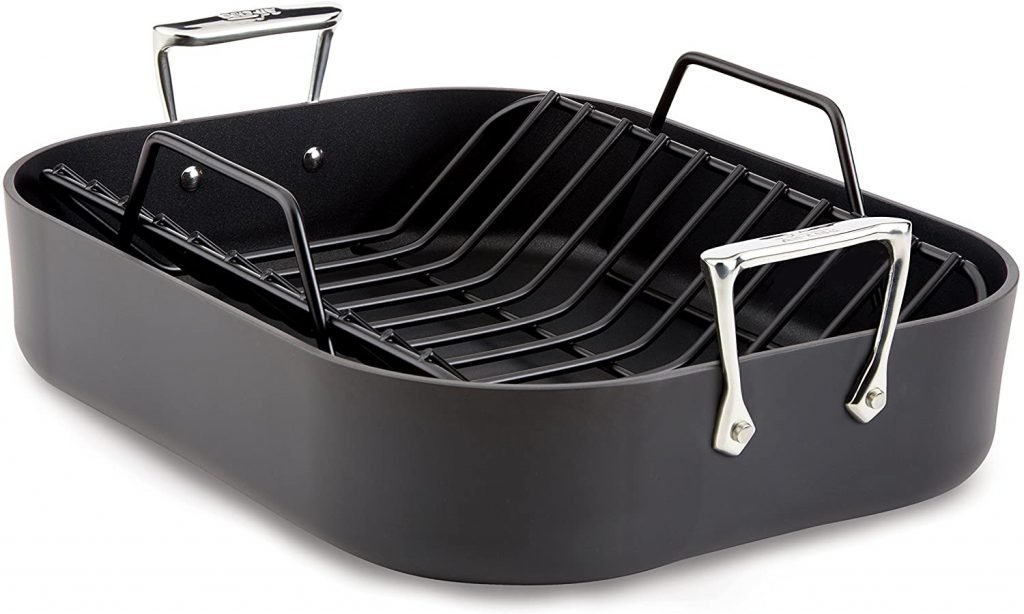
Place prime roast (ribs down) on the rack in a roasting pan. Sear the rib roast for 15 minutes at the higher oven temperature (450°F), and then turn the oven to the lower temperature (325° F) for the rest of the cooking time.
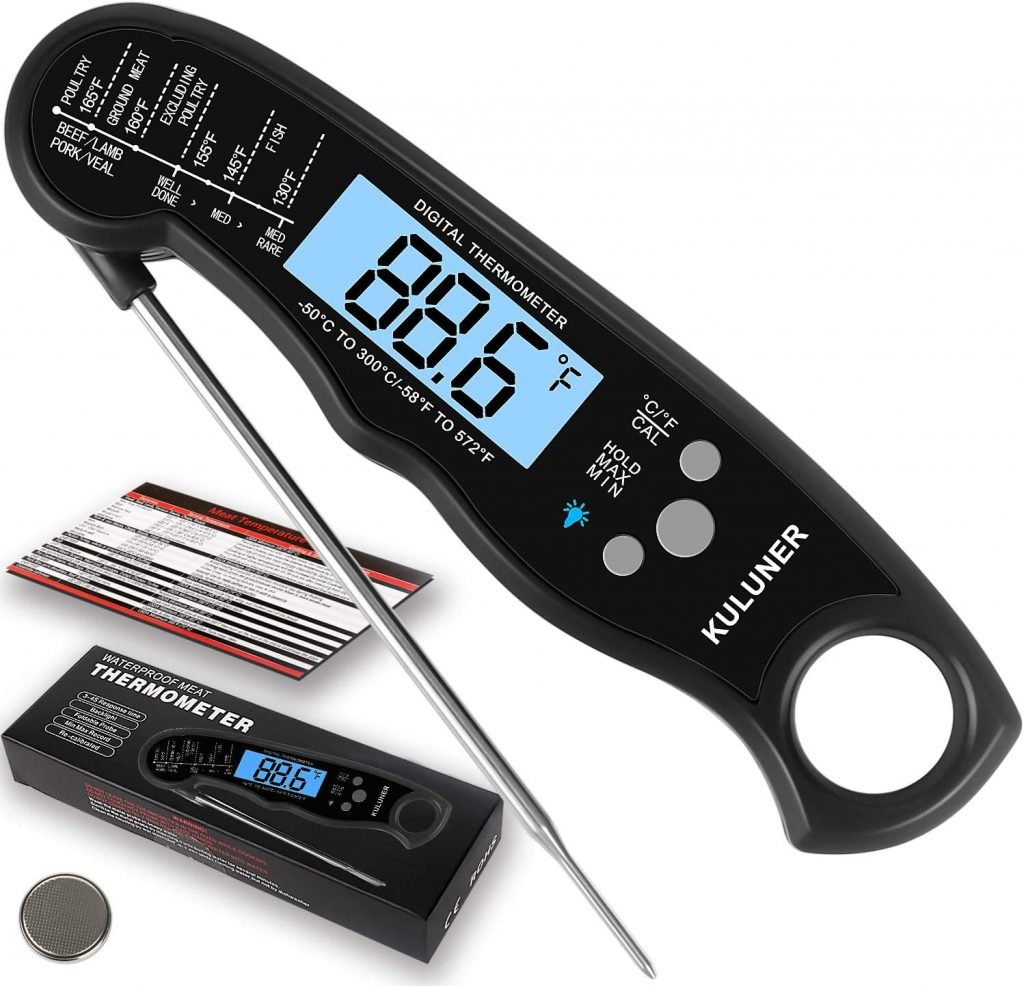
About 1/2 hour before the estimated end of the roasting time, begin checking the internal temperature (use a good instant-read digital meat thermometer. Insert meat thermometer so tip is in the thickest part of beef, not resting in fat or touching bone.
READ ALSO: BEST BAKING SHEET FOR ROASTING VEGETABLES
Cook until rib roast reaches an internal temperature of 120°F. Remove from oven, cover with aluminum foil, and let sit approximately 15 to 20 minutes. NOTE: Remember, the roast will continue to cook as it rests. The temperature will rise to 125 to 130° F internal temperature (medium-rare).
NOTE: To hold cooked roast until serving time, immediately turn off oven and leave door ajar after removing roast. Let roast sit 15 minutes on counter and then return roast to the oven, door closed, for up to an hour or even 2 hours for the biggest roasts. Check the temperature every 15 minutes. If will rise approximately 10° F at first, then gradually subside.
Source Procedure from; http://villagemeats.com/files/Prime_rib_cooking_instructionsper_ButcherEric.pdf
DO YOU COVER PRIME RIB ROAST WHEN COOKING?
Prime rib roast, also known as standing rib roast is a cut of beef from the primal rib, one of the nine primal cuts of beef. Prime rib is usually roasted with the bone in and served with a pan sauce made from its natural juices.
Do you cover prime rib roast when cooking? No, you do not cover prime rib roast when cooking. If you do, it will result in more steaming than roasting in the oven so your prime rib roast should be uncovered when cooking.
HOW TO COOK A SMALL PRIME RIB ROAST
Are you planning to have a Date Night with a loved one and you’ve been searching for how to cook a small prime rib roast? Then this the right article for you.
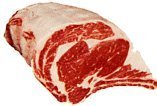
When cooking a small prime rib roast, I go for boneless 3lb roast. You can also use a bone-in rib if that is what you prefer. Your prime rib roast will still be delicious and fabulous.
This is how to cook a small prime rib roast:
- Before you even plan to start cooking, take a chill off the roast by removing it from the fridge two hours before you plan to roast and pat it dry with a paper towel.
- Allow the prime rib to set out at room temperature for two hours before cooking.
- Season the prime rib early after removing it from the fridge. Seasoning helps to draw some moisture from the exterior, making for a better sear in the oven. Rub the meat with salt and pepper.
- Cut down slightly into the meat and rub the salt and pepper mixture into the cuts.
- The fat cap should be facing upward while the prime rib roast in the baking pan or roasting pan.
- Preheat your oven to 450 F half-hour before roasting
- Don’t forget to stick the probe of a digital leave-in meat thermometer into the center of the roast, and place the roast on the rack of a small baking pan.
- Put a 50:50 mix of water and low sodium beef broth in the bottom of the pan (1/2 inch). This will keep the roast moist and capture juices for making au jus.
- Place the roast for 15mins to allow it to sear. Lower the temperature to 350 F and continue roasting until your prime rib reaches your desired temperature.
- The final prime rib temperature for rare meat is 120-125F, medium rare is 130-135F, and well done is 140-145F.
PRIME RIB COOKING TIME PER POUND CHART
To get the best out of your prime rib, it is good you understand the various temperatures needed to achieve a perfect prime rib. Therefore, different pounds of prime ribs will have different temperature cooking time.
The Beef Council says rare beef needs an internal temperature of 140 degrees F. That is if you like well-done and dry meat. If you like moist, rosy meat, then rare begins at an internal temperature of 120 degrees F. and starts to become medium rare at 125 to 130 degrees F.
To cook your meat properly, you must purchase and use a good instant-read digital meat thermometer as explained above on how to cook a boneless prime rib roast.
Below is a chart guide from http://villagemeats.com/files/Prime_rib_cooking_instructionsper_ButcherEric.pdf
The prime rib cooking time per pound chart below is only a guide. You must rely on an accurate Meat Thermometer and start taking temperatures half an hour before the end of the estimated roast time.
| Rib Count | Approximate Weight | Oven Temperature | Total Estimated Time | Meat Thermometer Reading (Rare) |
| 2 ribs | 4 to 5 pounds | 450°/325° F | 60 to 70 minutes | 120° F |
| 3 ribs | 7 to 8.5 pounds | 450°/325° F | 1 1/2 to 1 3/4 hours | 120° F |
| 4 ribs | 9 to 10.5 pounds | 450°/325° F | 1 3/4 to 2 1/4 hours | 120° F |
| 5 ribs | 11 to 13.5 pounds | 450°/325° F | 2 1/4 to 2 3/4 hours | 120° F |
| 6 ribs | 14 to 16 pounds | 450°/325° F | 3 to 3 1/4 hours | 120° F |
| 7 ribs | 16 to 18.5 pounds | 450°/325° F | 3 1/4 to 4 hours | 120° F |
HOW TO COOK A BONELESS PRIME RIB ROAST

To cook a boneless prime rib roast, you will need a 5 ½ pound of the prime rib roast. This is the part of the meat that is juicy and tasty.
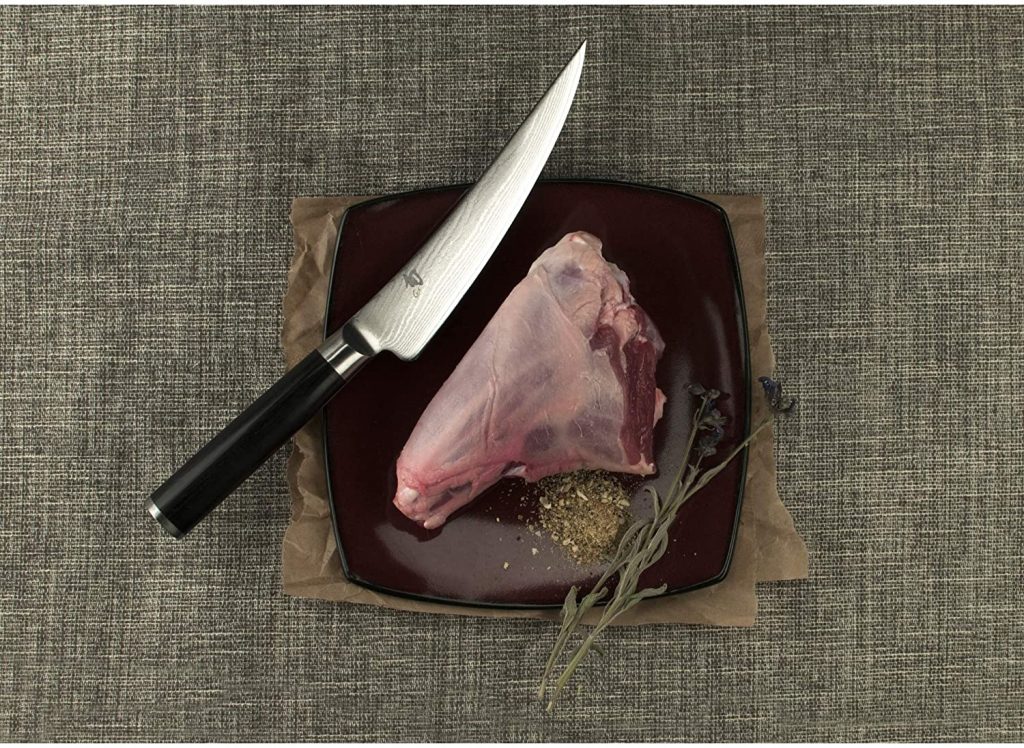
We suggest when you order your prime rib roast, you order the meat that has a great amount of fat on it. Take a sharp boning knife to remove the fat from the prime rib roast.
The Boning knife is flexible and helps you with shallow cuts, try as much as possible not to cut the meat.
Gently cut the prime (shallow not too deep) meat to allow your ingredients to soak in. Cut your meat diagonally and corner to corner, an inch apart. A slicing knife or professional chef’s knife is perfect for the slicing of the meat.
READ ALSO: BEST ELECTRIC FILLET KNIFE FOR WALLEYE
Season the meat with salt, gently and thoroughly rub the meat and the cross-hatching done with the knife with seasoning let it sink in properly.
Take your prime roast and place in the fridge for at least 24 hours to allow the salt to really take a hold of the meat properly.
Get a roasting pan, grease the roasting pan properly to prevent the meat from sticking to the roasting prime roast pan. The fat (beef trimmings) removed from the meat is cut into shredded pieces and place at the bottom of the roasting pan.
Please note that you have to still refrigerate the removed fat (beef trimmings) for at least 24 hours before use.
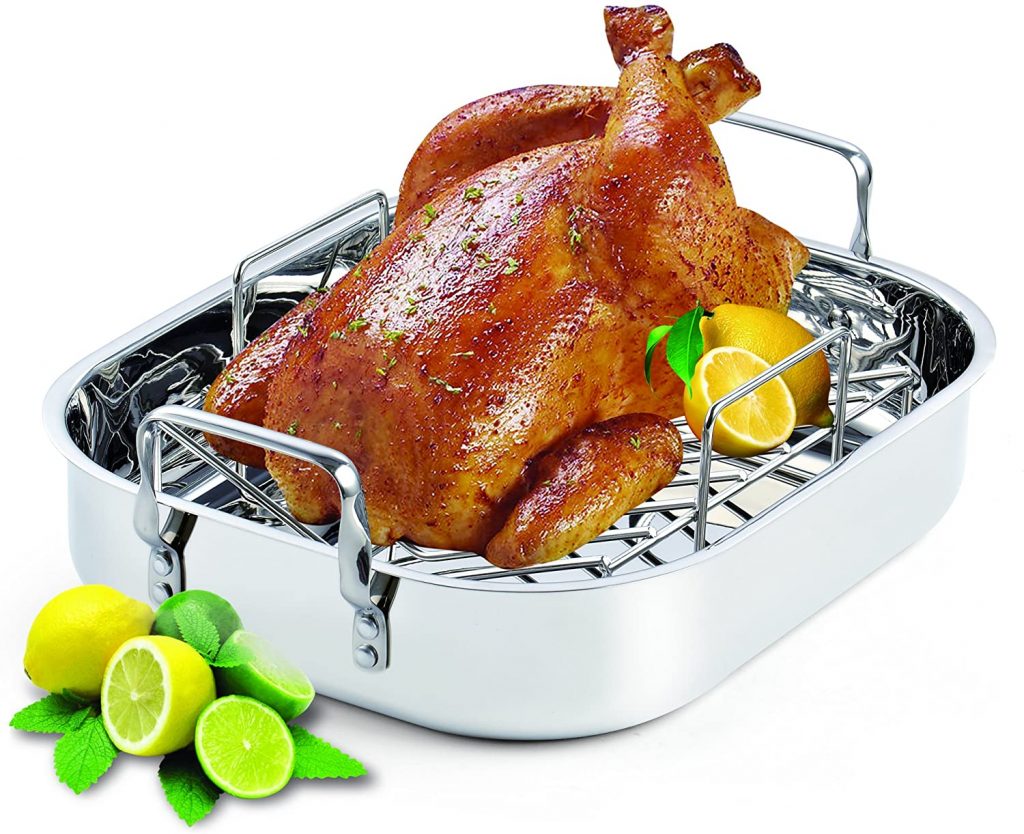
Place the roast pan rack into the roasting pan while the prime rib goes into the roasting pan. Season the prime rib with pepper before going into the Oven. Allow it to roast for like 2 to 3 hours at 125 degrees Celsius. The Longer the meat roast, the tender it becomes.
After 2 to 3 hours, remove the roasted prime, use a temperature stick to insert into the meat to ascertain the temperature inside, make sure you get up to 120 degrees Celsius.
Gently use the tong and fork to remove the roasted prime rib from the roasting pan and place it on a wooden board. Use a strainer to remove the trimmed fat beef (turned oil) into a liquid measuring cup.
Pour a little vegetable oil and mix it with the oil from the trimmed beef fat and pour all into the roasting pan.
Place an aluminum frying pan on your gas stove, pour a little oil, and allow it to get hot. Then place your prime roast in it and allow it to fry thoroughly then bring it on and place it on a wooden table.
Finally, you cut the roasted prime rib with a big knife and enjoy with a Yorkshire pudding.
READ ALSO: BEST KNIFE BLOCK SET UNDER 500
WHAT SIZE OF PRIME RIB ROAST SHOULD I BUY?
Prime rib lovers are always eager to know the size of a prime rib roast they should buy per person? As we all know that the standard size of a full prime rib roast is about 7 ribs which are close to about 15 to 18 pounds and can feed about 15 or more persons.
Furthermore, a prime rib roast starts from the shoulder (chuck) down to the back of the loin apart from comprising of seven ribs.
There is also a term used in prime rib roast called “standing” which means the bones are included in the roast making the roast stand by itself.
Finally, below is a chart or guide on the size of prime roast to serve and buy from two persons to 14 persons;
| TOTAL NO OF PERSONS | SIZE OF RIB TO BUY |
| Two (2) people | One (1) rib roast |
| Six (6) people | Three (3) rib roast |
| Eight (8) people | Four (4) rib roast |
| Ten (10) people | Five (5) rib roast |
| Twelve (12) people | Six (6) rib roast |
| Fourteen (14) people | Seven (7) rib roast |
READ ALSO: PERSONALIZED WALNUT CUTTING BOARD
FREQUENTLY ASKED QUESTIONS ABOUT PRIME RIB WITH THE STRINGS ON
WHAT KIND OF ROAST HAS STRING AROUND IT?
- It is the Beef Rib Roast roll that has strings around it. The bones of the beef rib roast are sometimes removed and the cut is tied in a roll with the string tied around it.
WHAT STRING CAN YOU USE FOR COOKING?t
- The name of the string that can be used for cooking is called the Butcher’s twine. The Butcher’s twine is popularly called cooking string or kitchen twine.
- The Butcher’s twine is an oven-safe string that is made from 100% cotton and commonly used when cooking meat.
WHY IS THERE STRING AROUND A ROAST?
- Generally, when a piece of meat is cooked, it expands because of the heat applied. However, the reason string is tied around a roast is to keep the meat from spreading out and losing the round fillet shape.
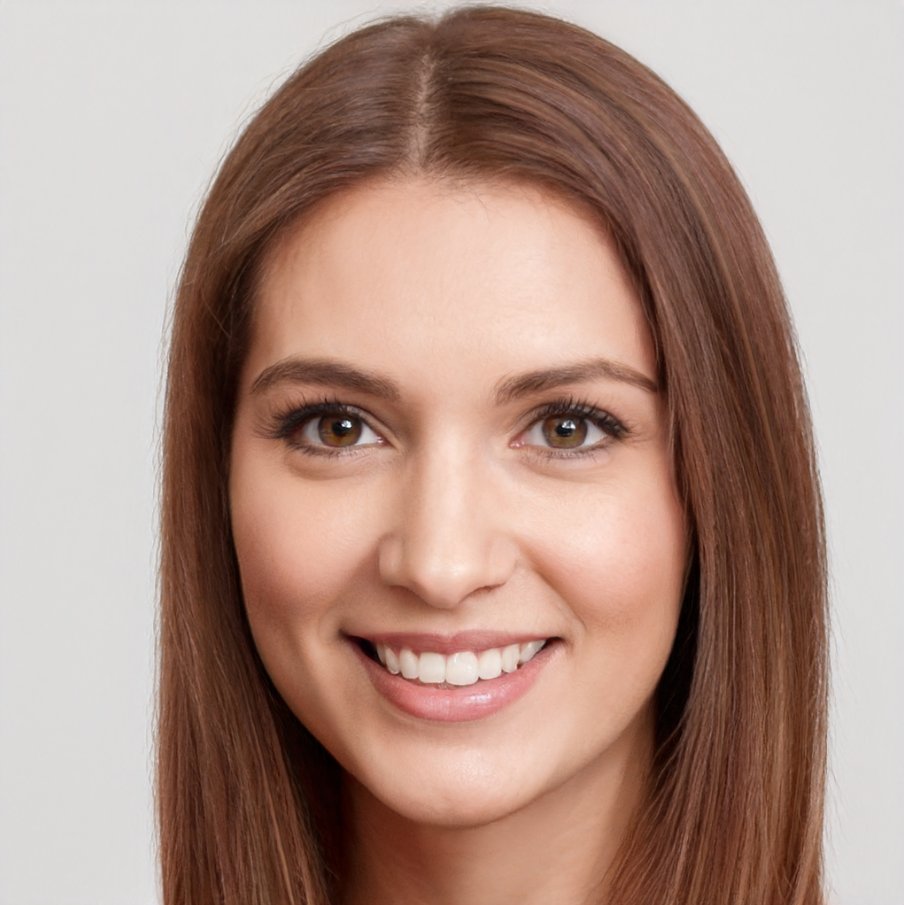
Foodie and a passionate cook, I am here to share all of what I know about cooking, kitchen, and food prepping.
Follow me for delicious and healthy recipes.
